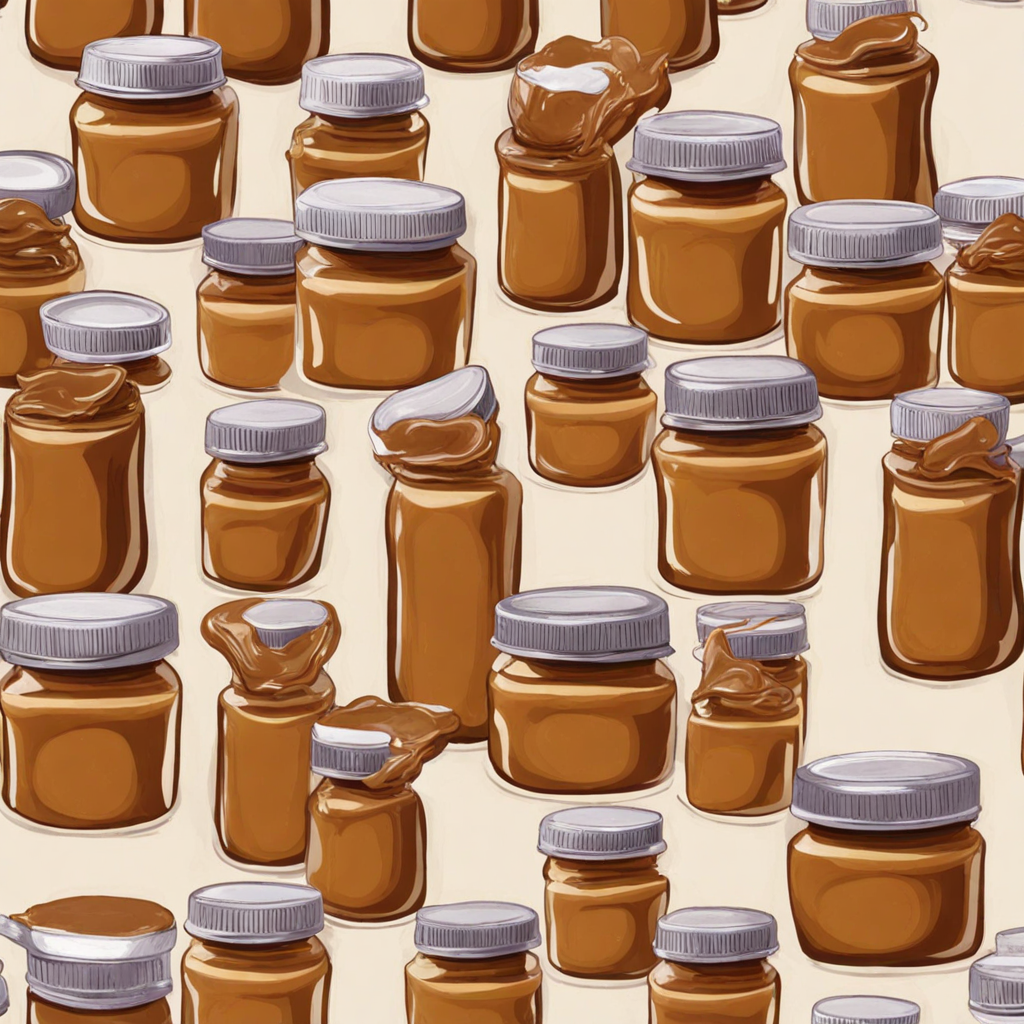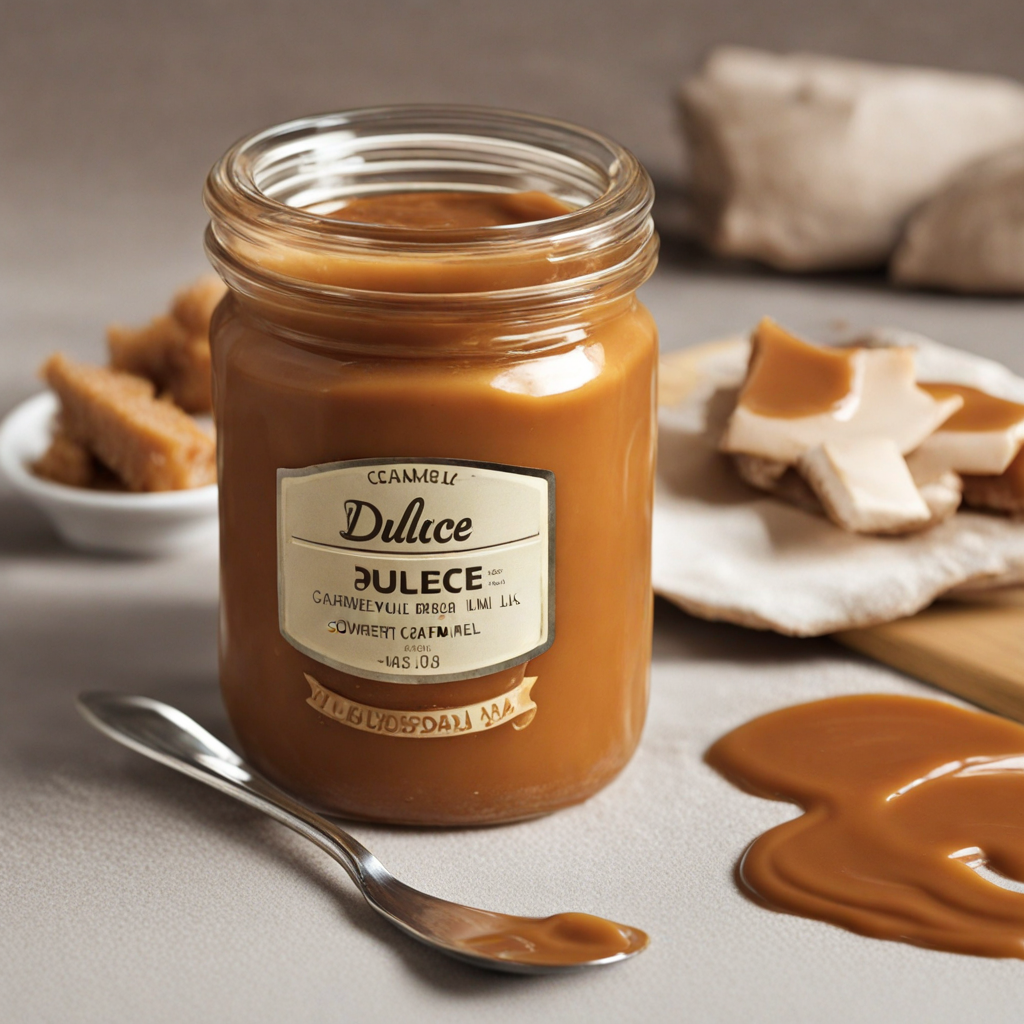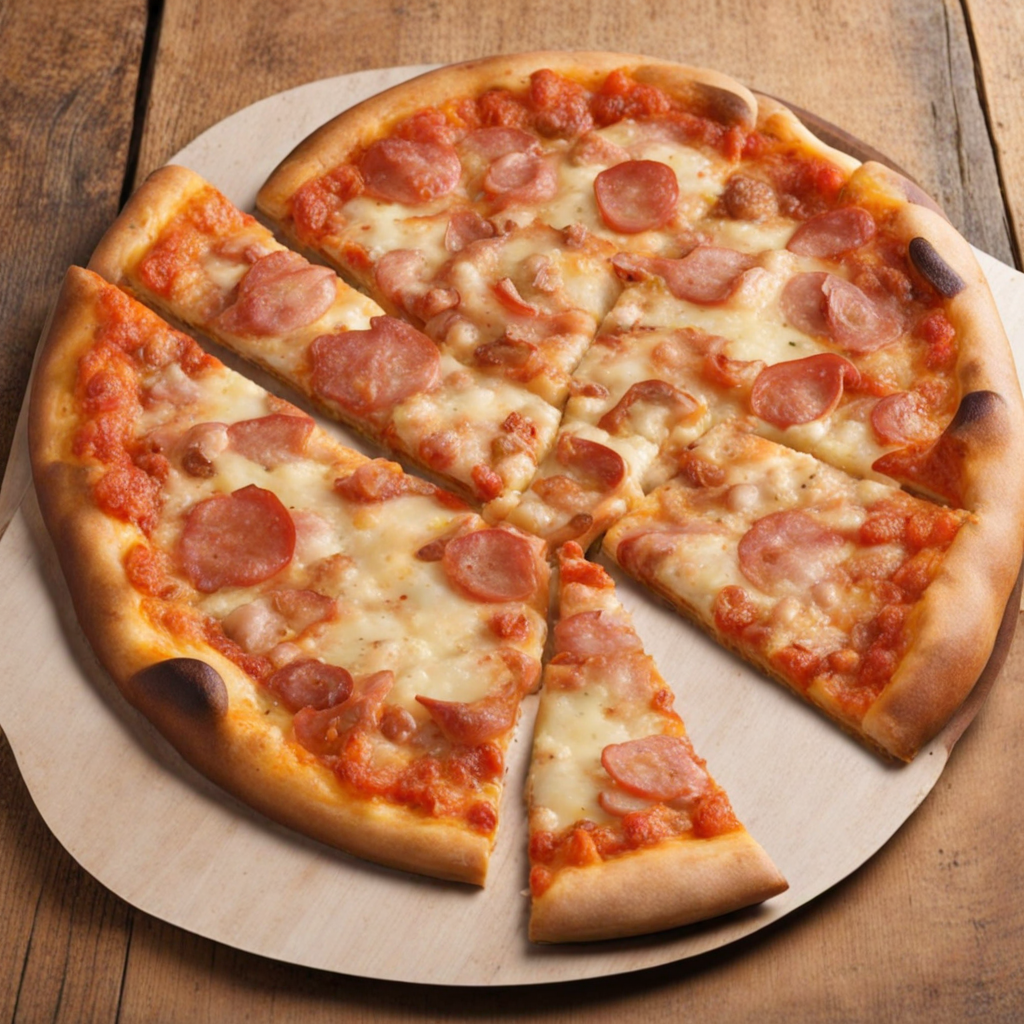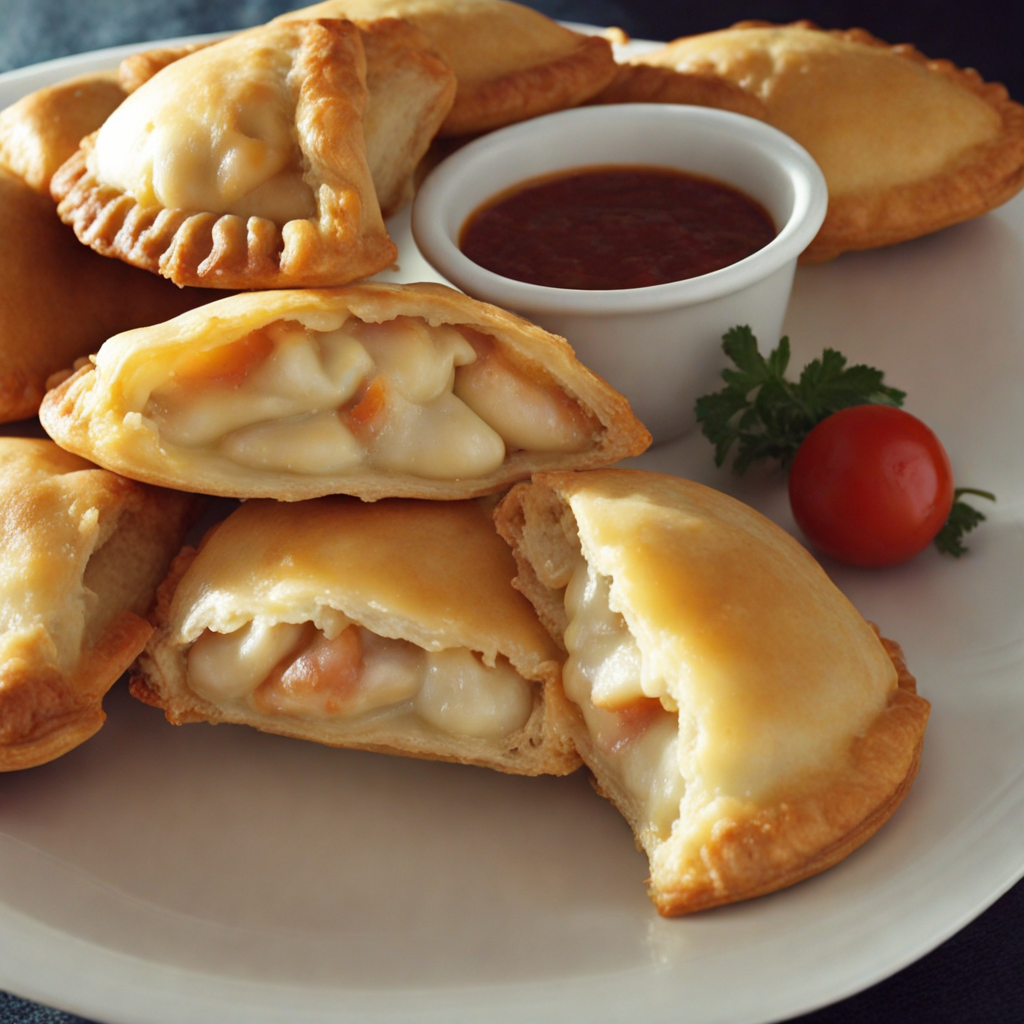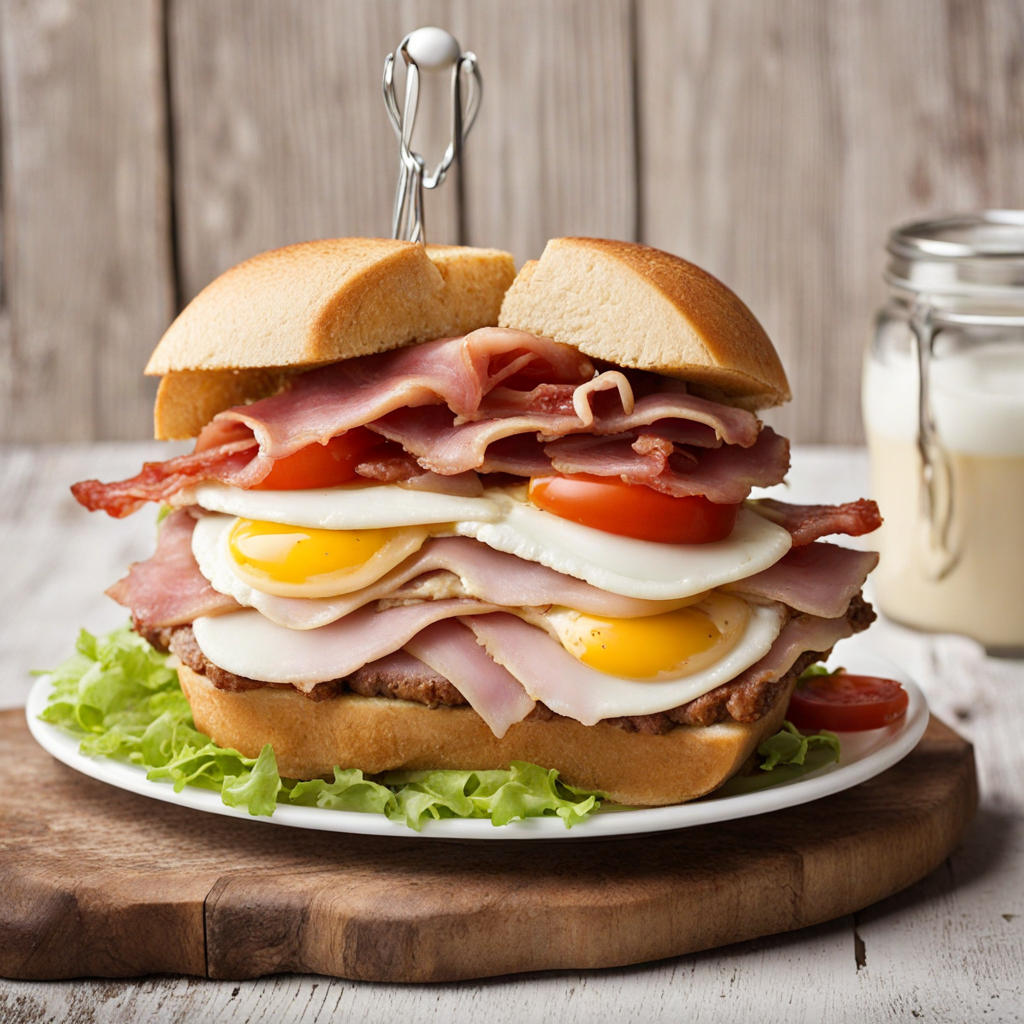Dulce de Leche
Dulce de Leche is a rich and creamy caramel-like sauce that beautifully embodies the essence of Uruguayan cuisine. Made from just two simple ingredients—milk and sugar—this decadent treat undergoes a slow cooking process, transforming into a luscious, golden-brown spread. The result is a velvety texture and a sweet, toasty flavor that has a hint of caramelization, making it an irresistible indulgence for anyone with a sweet tooth. In Uruguay, Dulce de Leche is more than just a dessert; it's an integral part of local culture. It is commonly enjoyed as a topping for various pastries, cakes, and cookies, or simply spread on toast. The versatility of Dulce de Leche allows it to be used in numerous recipes, from ice creams and flans to layered cakes, where its smooth consistency harmonizes with other flavors, creating a delightful balance. Discovering Dulce de Leche is like taking a journey into the heart of Uruguayan sweetness. Each spoonful offers a comforting warmth, a taste of nostalgia, and a hint of tradition. Whether you savor it straight from the jar or incorporate it into your favorite dessert, Dulce de Leche promises an unforgettable experience that showcases the rich culinary heritage of Uruguay.
How It Became This Dish
The Sweet Legacy of Dulce de Leche: A Cultural Journey from Uruguay Dulce de leche, a luscious, caramel-like treat, has become an integral part of Latin American culinary heritage, especially in Uruguay. This rich confection, made from slowly simmering milk and sugar until it transforms into a creamy, golden delicacy, holds a special place not only on the dessert tables but also in the hearts of those who savor it. The story of dulce de leche is as sweet and complex as its flavor, weaving through history, culture, and tradition. #### Origins of Dulce de Leche The exact origins of dulce de leche are shrouded in mystery, with multiple countries claiming its invention. Some trace its roots back to the early 19th century in Mexico, while others point to Argentina or Chile. However, its name, which translates to "sweet milk," suggests a broader culinary tradition that spans various cultures and regions. The earliest references to a similar sweet can be found in Spanish and Portuguese recipes from the 1800s. In Uruguay, dulce de leche is more than just a treat; it is a symbol of national identity and pride. The first documented mentions of dulce de leche in Uruguay date back to the mid-19th century, coinciding with the country's burgeoning culinary scene. As immigrants from Spain and Italy settled in Uruguay, they brought with them their cooking traditions, which naturally influenced local gastronomy. The fusion of these culinary practices gave rise to the unique Uruguayan interpretation of dulce de leche, characterized by its creamy texture and rich flavor. #### Cultural Significance Dulce de leche occupies a cherished position in Uruguayan culture, transcending mere dessert status to become a hallmark of national cuisine. In Uruguayan households, it is common to find dulce de leche on breakfast tables, alongside toast or pancakes, or served as a filling in pastries and cakes. Its presence at celebrations, such as birthdays and holidays, makes it a staple of festive gatherings. Uruguayans take immense pride in their dulce de leche, often engaging in friendly debates about the best brands or homemade recipes. This sweet treat also plays a role in traditional Uruguayan desserts, such as "chocotorta," a layered cake made with chocolate cookies and dulce de leche, or "alfajores," which are cookies filled with dulce de leche and covered in chocolate. These desserts are not just culinary delights; they evoke nostalgia and memories of family gatherings and shared moments. Moreover, dulce de leche is often used as a cultural touchstone, signifying comfort and homeliness. In a country where family and community hold great value, this sweet treat becomes a medium through which traditions are passed down, stories are shared, and relationships are nurtured. It is not uncommon for grandmothers to impart their cherished recipes to younger generations, ensuring that the legacy of dulce de leche lives on. #### Development Over Time As Uruguay modernized throughout the 20th century, so too did the methods and varieties of dulce de leche. The industrialization of food production led to the emergence of commercial brands, making dulce de leche more accessible to the general population. Companies like "Conaprole" and "La Serenísima" became household names, providing a range of dulce de leche products that catered to different tastes and preferences. The evolution of dulce de leche did not stop at mass production; it also extended to innovations in flavors and culinary applications. Chefs began experimenting with the traditional recipe, incorporating ingredients like rum, vanilla, or even spices to create unique twists on the classic treat. Gourmet variations emerged, appealing to a broader audience and elevating dulce de leche to new culinary heights. Dulce de leche's rise to fame extended beyond Uruguay’s borders, gaining international recognition. It became a beloved ingredient in desserts worldwide, featuring prominently in ice creams, cheesecakes, and pastries. In the United States, for example, dulce de leche gained traction in the early 2000s, thanks in part to the growing interest in Latin American cuisine. Today, it is a common sight in specialty grocery stores, often found in its pure form or as a flavor in various products. #### The Art of Crafting Dulce de Leche At its core, the process of making dulce de leche is straightforward, yet it requires patience and skill. Traditionally, it involves simmering milk and sugar over low heat for several hours, stirring constantly to prevent burning. The slow cooking process allows the mixture to caramelize naturally, developing its distinctive flavor and creamy texture. In Uruguay, many families have their own secret methods, with some opting for the addition of baking soda to enhance the caramelization process. In recent years, there has been a resurgence of artisanal production, with small businesses and local artisans focusing on quality and traditional techniques. These producers emphasize the use of fresh, locally sourced ingredients, often incorporating organic milk and natural sweeteners. This movement towards artisan dulce de leche reflects a broader trend in gastronomy, where authenticity and craftsmanship are increasingly valued. #### Dulce de Leche Today Today, dulce de leche remains a beloved treat in Uruguay and beyond, celebrated for its versatility and rich flavor. In the digital age, it has found new life on social media platforms, where food bloggers and enthusiasts share recipes, tips, and creative uses for this classic confection. From decadent pastries to simple spoonfuls straight from the jar, dulce de leche continues to inspire culinary creativity. In Uruguay, the annual "Fiesta del Dulce de Leche" celebrates this beloved treat, drawing locals and tourists alike to indulge in various dulce de leche creations. This festival not only honors the sweet itself but also showcases the cultural significance of food in uniting communities and celebrating shared heritage. #### Conclusion Dulce de leche is much more than just a sweet treat; it is a reflection of Uruguay’s history, culture, and identity. From its mysterious origins to its status as a national treasure, dulce de leche embodies the spirit of a country that takes pride in its culinary heritage. As it continues to evolve and adapt, this sweet legacy remains a cherished part of Uruguay's gastronomic landscape, binding generations together through shared experiences and the simple joy of indulging in a delightful dessert.
You may like
Discover local flavors from Uruguay


